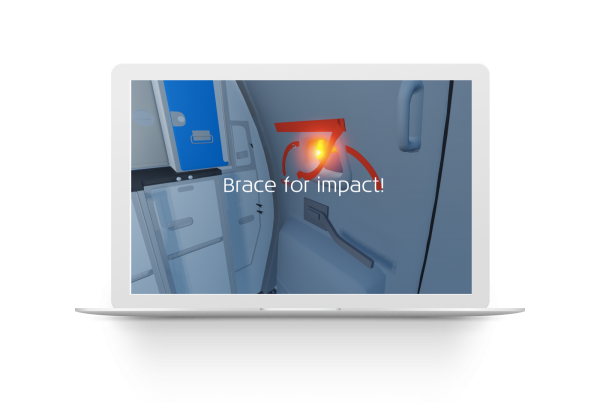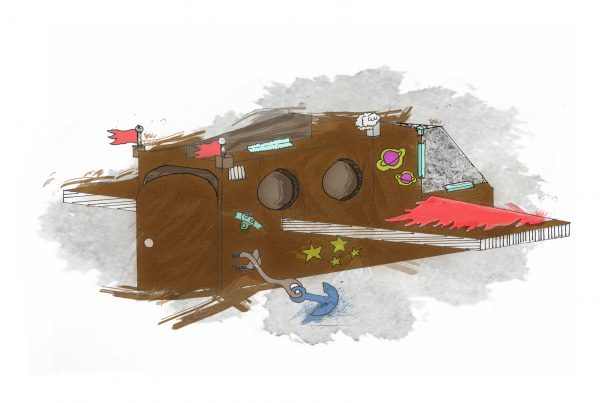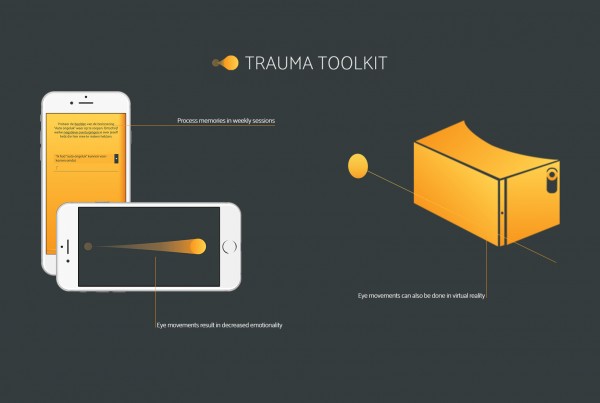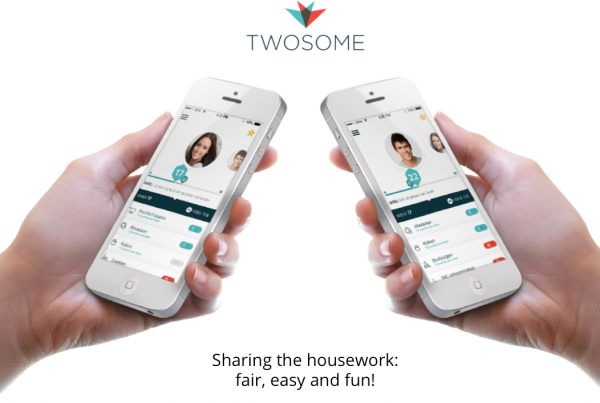The digital world has a huge impact on everyone’s life. Booking holidays, ordering taxis and having festival tickets scanned at the entrance: we do almost all of it digitally. Digital products are interwoven with our everyday lives. That is why the world needs skilled and critical designers. Designers who keep asking questions, who dare to say no when necessary and who know how to realise their ideas.
Our students design digital, interactive products. These can include apps, websites, but also tangible installations, augmented and virtual reality applications. Topics such as user-friendliness, privacy, accessibility, inclusivity and sustainability play an important role in this. We are Communication and Multimedia Design, affiliated with the Amsterdam University of Applied Sciences.
Exchange programmes
We offer students the chance to improve their skills as a digital designer, whilst enjoying one of the most vibrant cities in the world. In this international city and our international programmes, students can improve their international competencies and broaden their cultural awareness.
The language of instruction during the four-year CMD curriculum is Dutch. However, for international students, we offer three English taught minors: Immersive Environments, User Experience Design and Makers Lab. These minors are open to both CMD students, students from our international partners and so called ‘free movers’. The focus of these minors varies from the ‘concept space’ to the ‘design and build space’.
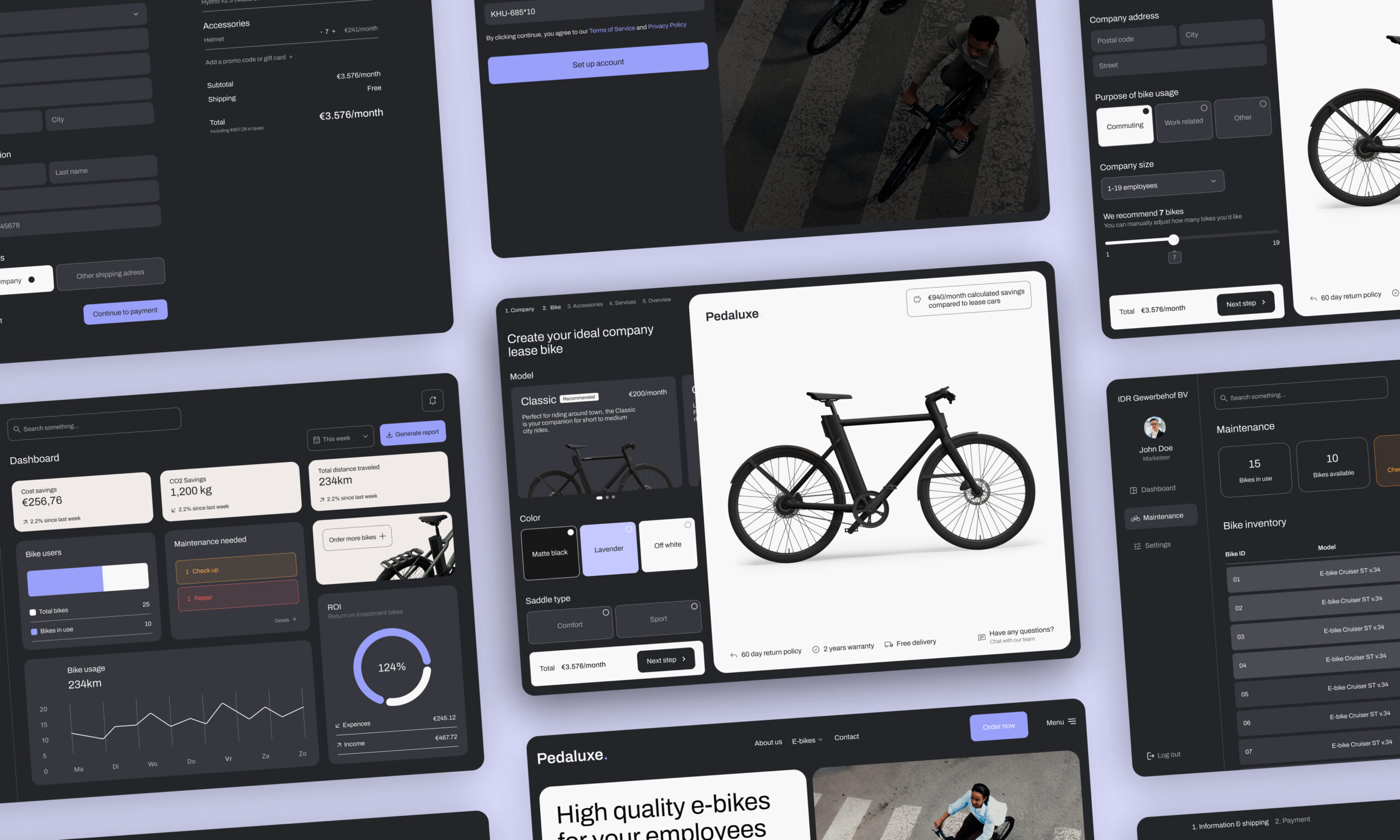
Student work
Like experienced designers, our students strengthen and expand their learning via real-world project work. Design projects are complex and we manage this through a project spaces model that breaks design work in different areas. The focus during our CMD bachelor is on the ‘concept space’ and the ‘design and build space’.
For example, the students developed Pedaluxe: an application to make cycling more appealing. It offers companies stylish electric lease bikes for employees to use for both business and personal purposes. Companies can easily order and personalize their fleet of bikes to meet specific needs and preferences.
CMD students have also developed an app for musicians that enables them to directly record their inspiration for new tracks. They also designed a digital application for the patients of the Psychiatry department at the Academic Medical Centre in Amsterdam to help them monitor their own feelings better.
T-shaped designers
In addition to the shared core curriculum, CMD students can take electives during the degree programme in order to specialise in fields of individual interest. In this way, CMD students are educated to be T-shaped designers.
In the field of CMD, work is often done in multidisciplinary teams comprised of several specialists. CMD graduates thrive in this setting, as they have developed wide background knowledge that enables them to have a good understanding of the other team members’ perspectives. This means that, on the one hand, CMD students are proficient in the design process and, on the other, are familiar with a wide range of factors that can impact upon their work. The combination of skillsets and knowledge is different for every student, depending on their abilities, interests and ambitions.
Our core curriculum covers the design process as a whole, interaction design, visual design and front-end development. Students’ individual choices produce roughly four different types of designer: all-round craftsmen, specialists, digital master and in some cases design researchers.
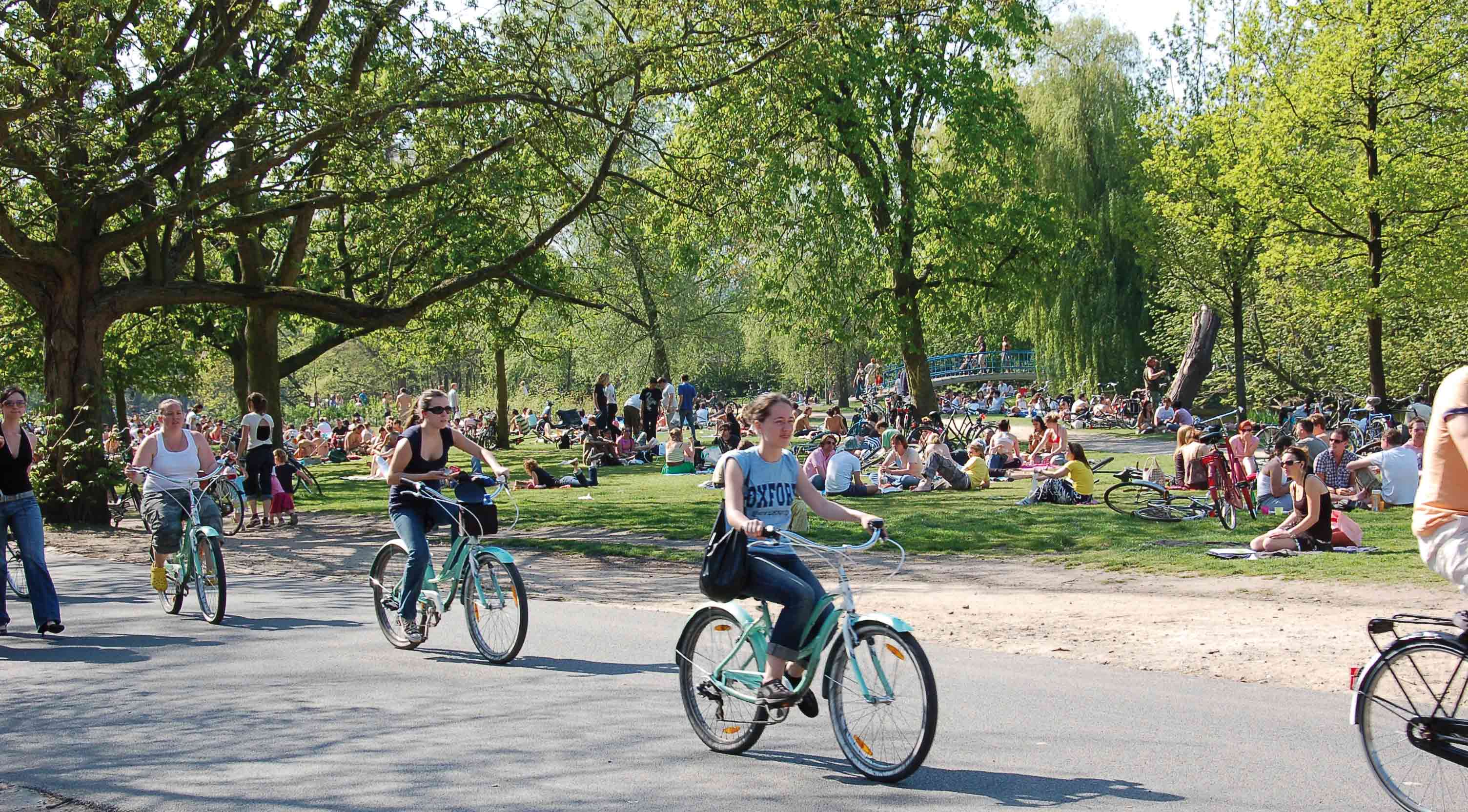
Types of CMD graduates
All-round craftsmen
Most of our students develop their breadth in the course of the degree programme, with a small amount of specialisation. After graduation, they go on to work for full-service design agencies such as Info.nl or Fabrique, but also for companies that develop their digital products in-house, such as Booking.com, ING and Coolblue.
Specialists
Some CMD students find their one great passion during their degree programme, and go on to excel in this specific area. After their degree programme, they may go on to work as a Usability Expert for Amsterdam-based design specialists Valsplat, or as a Developer for The Hague-based software developer Q42. Others know all about one specific domain – for example, CMD graduates have gone on to work for online-education company Squla on ‘fun online learning’ for children.
Digital masters
A small number of our graduates are good at all components. These students often go on to work for small design agencies, where you have to be proficient in all the specialisms, or small companies where they are the resident digital whizz. And then there are the true rock stars who excel at everything and can truly work anywhere – our unicorns.
Design researchers
Some graduates are active in the preliminary phase that precedes the design process. For example, the STBY consultancy does research into people’s ‘digital wishes’, which design agencies will then go on to take to the next level. And one graduate of the CMD programme is a Product Manager for Dutch online marketplace Marktplaats, managing the used-car section of their website.
More information

Paul Blok
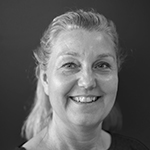
Marielle Beekman

Lena Essing
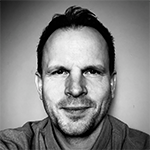
Mattijs Blekemolen



